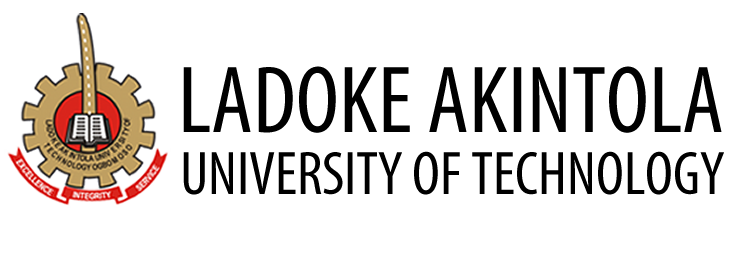Courses
First Semester (Harmarttan)
|
Course Code |
Title |
L |
T |
P |
Unit |
|
MEE 631 |
Fire Engineering Systems |
2 |
1 |
0 |
3 |
|
MEE 633 |
Systematic Safety Management |
2 |
1 |
0 |
3 |
|
MEE 635 |
Occupational Hygiene / Environmental Protection |
3 |
0 |
0 |
3 |
|
MEE 637 |
Research Methodology |
2 |
0 |
0 |
2 |
|
MEE 639 |
Occupational Health and Ergonomics |
3 |
0 |
0 |
3 |
|
MEE 641 |
Workplace Safety Legislation and Mitigation |
3 |
0 |
0 |
3 |
|
MEE 643 |
Project I |
0 |
0 |
9 |
3 |
|
|
Total Units |
|
|
|
20 |
Second Semester (Rain)
|
Course Code |
Title |
L |
T |
P |
Unit |
|
MEE 632 |
Workers Compensation and Disability management |
2 |
1 |
0 |
3 |
|
MEE 634 |
Safety Auditing and Evaluation |
2 |
1 |
0 |
3 |
|
MEE 636 |
Risk Assessment |
3 |
0 |
0 |
3 |
|
MEE 638 |
Safety Aspects in Construction |
2 |
0 |
0 |
2 |
|
MEE 640 |
Human Factors Engineering |
3 |
0 |
0 |
3 |
|
MEE 642 |
Accident Prevention and control |
3 |
0 |
0 |
3 |
|
MEE 644 |
Project II |
0 |
0 |
9 |
3 |
|
|
Total Units |
|
|
|
20
|
